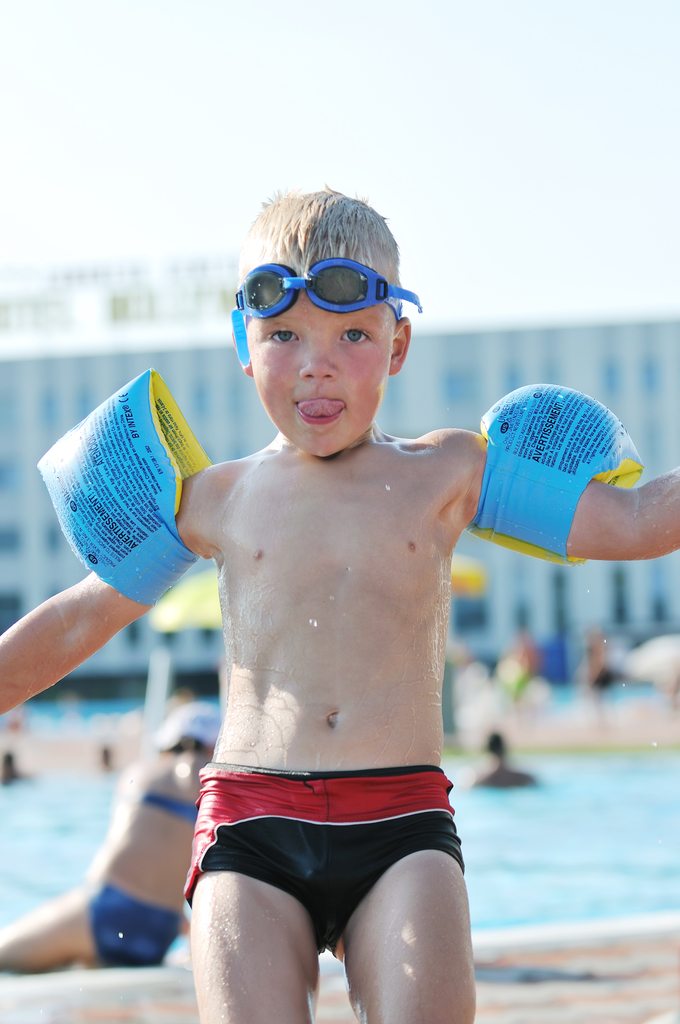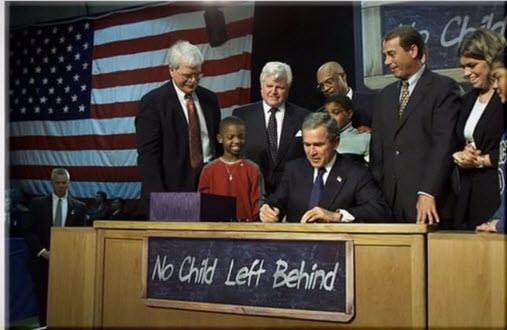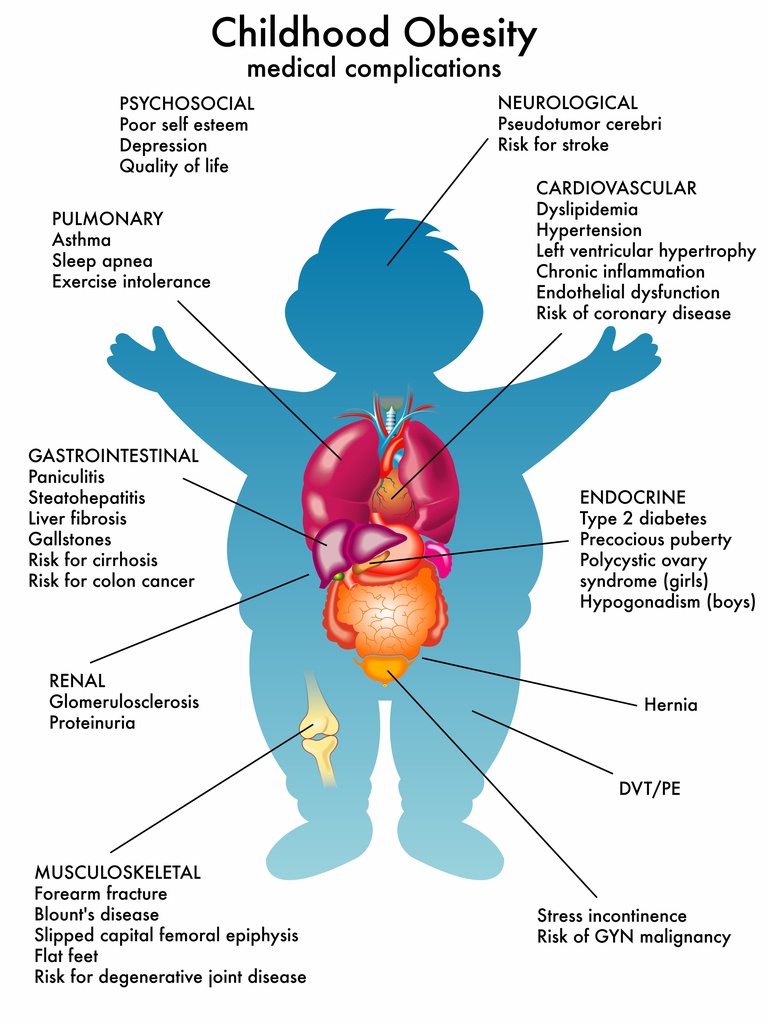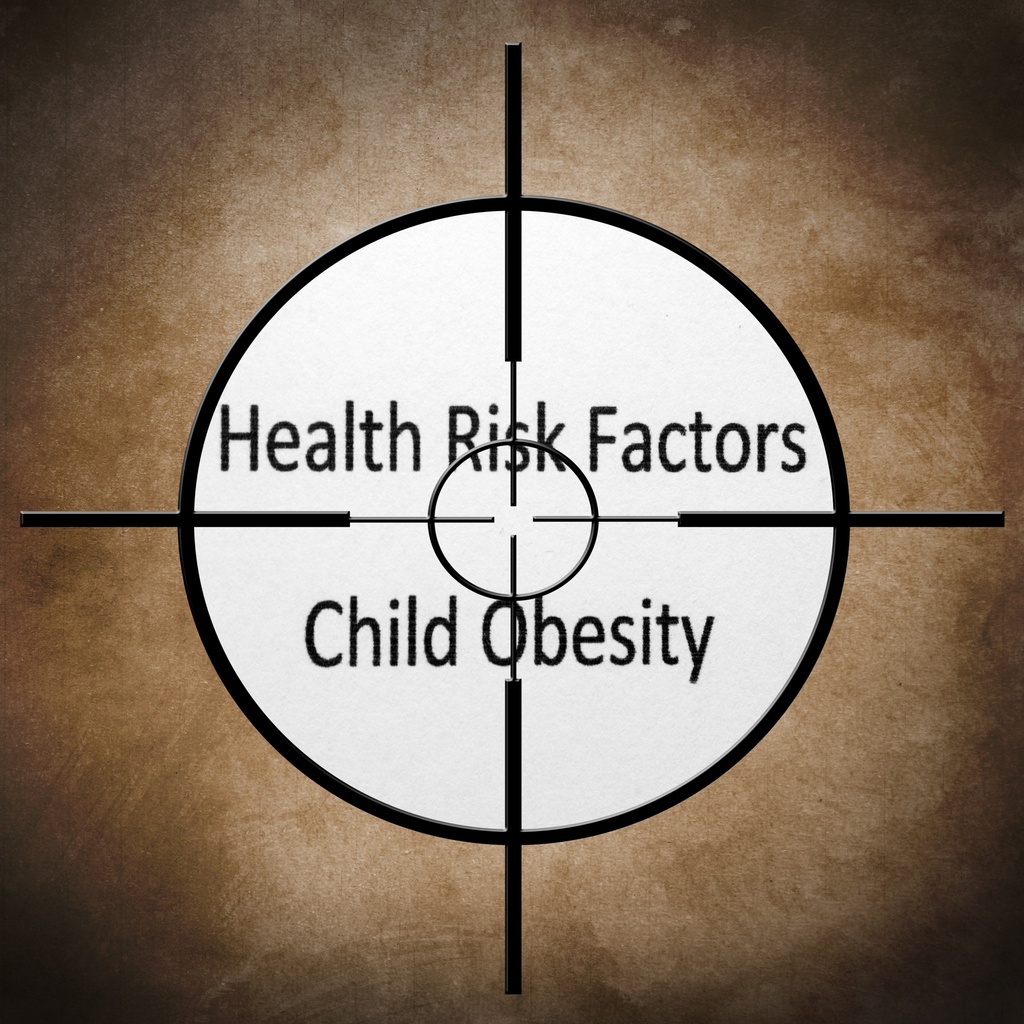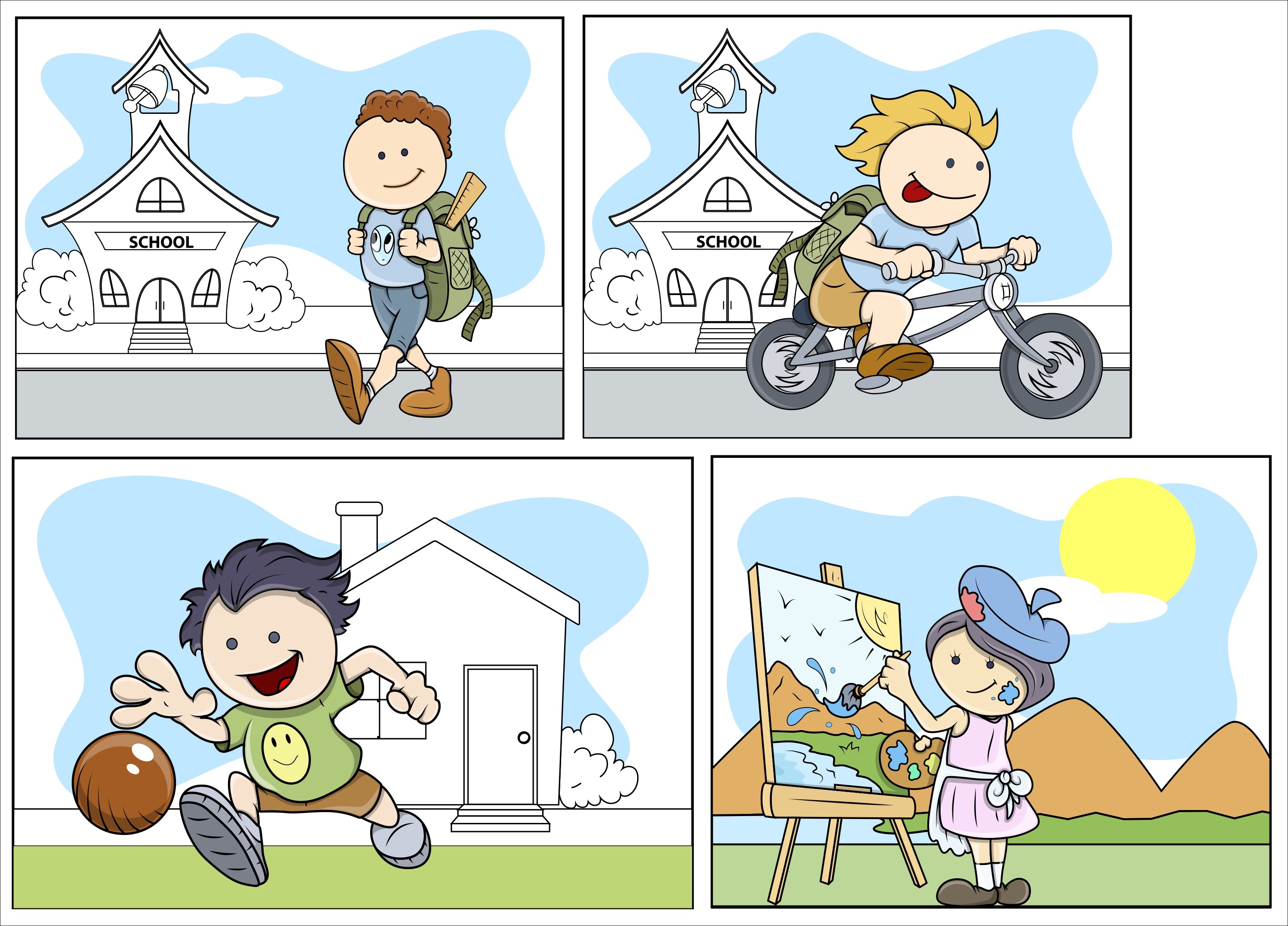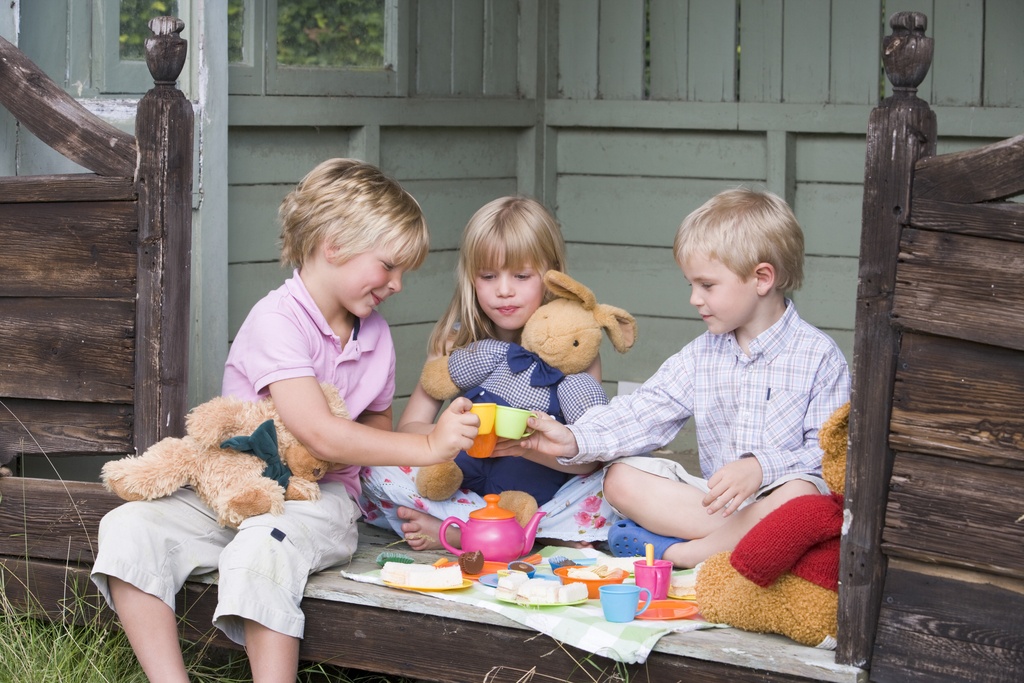Ways To Inspire A Love Of Reading In Your Children
If your child is showing little interest in reading, there is hope.
Sometimes moms and dads have to get sneaky, but you can still turn your child into a reader, even if he is reluctant about it.
1. The Early Bedtime trick.
One of my favorite ways to get my kids to read is something they hopefully will not figure out until they have kids of their own.
Two words “Early Bedtime”.
You might be wondering how an increase in sleep can help your child to spend more time reading.
Well, here’s the trick. Set their bedtime for 45 minutes to an hour before they need their lights out.
Here’s how our bedtime routine goes.
The kids brush teeth and use the bathroom.
Then I read them their stories.
This is all done before their official bedtime.
Then, I simply give them an option. I say “It’s time for bed, now.
Would you like lights out or would you like to stay up and read for a bit?”
Unless they are really tired, they’ll always choose to read awhile. I do not have to beg nor manipulate them into reading.
In fact, they think it’s their idea and they have grown to love their chance for a ‘late’ bedtime.
Then, I back off. I don’t try to instruct them in any way, nor help them choose books. This is their time.
They can choose whichever book they like and look at it however they like until I come in to kiss them goodnight and turn their lights out.
Of course, if they want me to stay and listen to them read, I’m more than happy to comply.
Try it. It works.
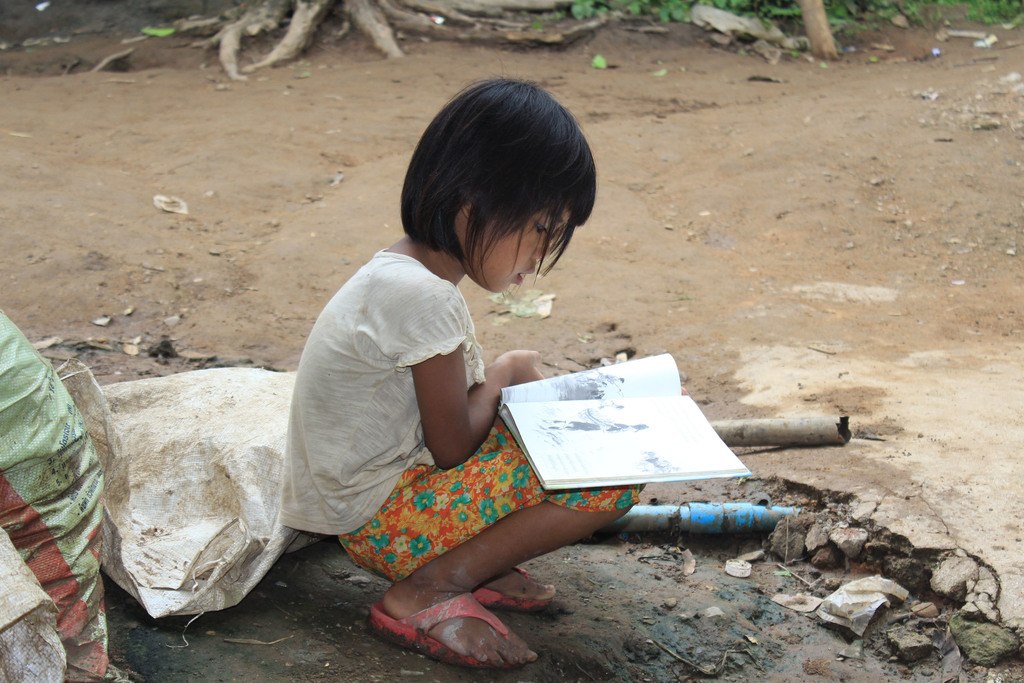
2. Summer reading incentives.
You can sign up for a summer reading program at pretty much any library in the country.
If your local library does not have a summer reading program, then create one at home, with rewards for reading books.
You can use a Monopoly (or Life) board and allow your child to move one space for each book he reads.
Or if you want to have more fun, let him roll the dice each time he reads a book and have prizes available for passing certain points.
Make sure the rewards are something very desirable.
If your child values time with you more than toys, then set a date together doing his favorite thing.
If he values a certain toy, let him earn it. Or let him earn a chance to get out of his regular chores.
Take him to his favorite restaurant. Just have fun with it and he will, too.

3. Read the book before you can see the movie.
This is a standard in our home.
We won’t go see any movie until we’ve read the book.
Whether my husband and I read the book to the kids or they read it alone, each member of the family can go see the movie after the book is read.
So, if your child is looking forward to seeing the next Chronicles of Narnia movie, the next Harry Potter movie or the next Lemony Snicket movie, they’ll have to read the book first.
That’s it.
Three easy ways to turn your child into a reader for life.
[video_page_section type=”youtube” position=”default” image=”https://peekbaby.com/wp-content/uploads/2018/01/book-and-glasses_M1i0vSvO.jpg” btn=”light” heading=”” subheading=”” cta=”Reading Inspires Children” video_width=”1080″ hide_related=”true” hide_logo=”false” hide_controls=”true” hide_title=”true” hide_fullscreen=”true”]https://www.youtube.com/watch?v=ZaATkGIFlxM[/video_page_section]










